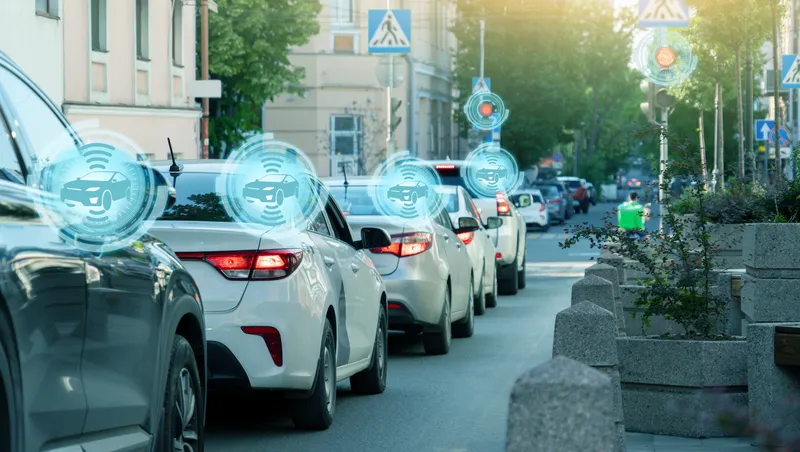Automotive supplier Continental has developed an app that uses surround view camera technology to provide automated parking. Its prototype vehicle has four fisheye cameras – one in the front grille, another at the rear and one in each side mirror.
Each camera has a viewing angle of more than 180° to provide a full 360° view all-round the vehicle, which is displayed on a touch screen inside the car together with vacant parking spaces identified as being wide enough.
The driver first touches the image
November 5, 2015
Read time: 2 mins
Automotive supplier 260 Continental has developed an app that uses surround view camera technology to provide automated parking. Its prototype vehicle has four fisheye cameras – one in the front grille, another at the rear and one in each side mirror.
Each camera has a viewing angle of more than 180° to provide a full 360° view all-round the vehicle, which is displayed on a touch screen inside the car together with vacant parking spaces identified as being wide enough.
The driver first touches the image of the chosen parking spaces onscreen and then activates the automated parking command. Using the grid map of the surroundings, created by the driver assistance system, the vehicle takes over the parking operation up to and including steering, gear selection and applying the parking brake.
If the system cannot recognise an obstruction, the driver can change the proposed parking position by shifting the vehicle’s outlines in any direction on the touch screen. In future the driver will be able to remain outside the vehicle while it parks itself.
Each camera has a viewing angle of more than 180° to provide a full 360° view all-round the vehicle, which is displayed on a touch screen inside the car together with vacant parking spaces identified as being wide enough.
The driver first touches the image of the chosen parking spaces onscreen and then activates the automated parking command. Using the grid map of the surroundings, created by the driver assistance system, the vehicle takes over the parking operation up to and including steering, gear selection and applying the parking brake.
If the system cannot recognise an obstruction, the driver can change the proposed parking position by shifting the vehicle’s outlines in any direction on the touch screen. In future the driver will be able to remain outside the vehicle while it parks itself.









